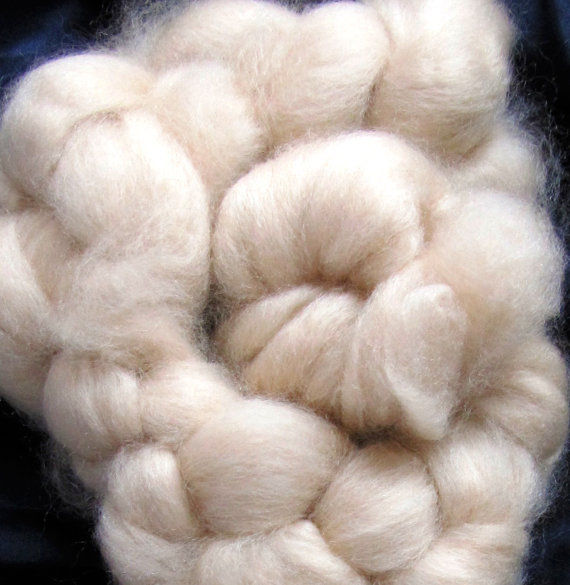Exploring the Origins of cashmere and Its Role in Modern Fashion
Wiki Article
Reasons You Must Need Cashmere a Natural Fiber for Convenience and Elegance in Everyday Wear
In the world of fabrics, couple of fibers match the luxury and comfort of cashmere. How can one best utilize cashmere to elevate their design? These fascinating inquiries lay the foundation for an enlightening exploration into the world of cashmere. cashmere fibre.Comprehending the Luxurious Nature of Cashmere

Assessing the Comfort Factor of Cashmere Garments
Cashmere's special fiber structure allows for breathability, managing temperature level and preventing overheating. Cashmere's hypoallergenic properties likewise contribute to its comfort, making it an excellent selection for delicate skin. In essence, the convenience of cashmere is derived from its soft qualities, breathability, toughness, hypoallergenic nature, and versatility.
The Environmental Influence and Sustainability of Cashmere
While the convenience and sophistication of cashmere are undoubtedly enticing, it's equally important to consider its partnership with the atmosphere. Cashmere manufacturing, mostly in Mongolia and China, entails increasing cashmere goats, which can dramatically strain vulnerable grassland ecological communities due to overgrazing. Efforts are being made to establish lasting cashmere production approaches, such as rotational grazing and cleaner handling methods.Contrasting Cashmere to Synthetic Fibers: A Cost-Benefit Evaluation
Despite its ecological obstacles, cashmere presents an one-of-a-kind set of advantages over synthetic fibers. On the expense side, cashmere is undoubtedly extra expensive as a result of its labor-intensive manufacturing process. The benefits make it worth the financial investment. Cashmere's all-natural fibers offer unrivaled softness and warmth, translating into comfort that synthetic fibers battle to match. Moreover, cashmere items are very durable, promising longevity that offsets first costs in time. Unlike synthetic fibers, cashmere doesn't add to microplastic air pollution, making it an extra sustainable choice. In contrast, synthetic fibers, while less costly upfront, provide much less convenience, have much shorter life expectancies and posture environmental worries. Thus, when analyzing cost-benefit, cashmere's superior qualities make it a worthwhile investment for daily wear.Designing Tips With Cashmere for Everyday Beauty
Having considered the cost-benefit analysis of cashmere contrasted to synthetic fibers, it ends up being clear why this lavish product is a preferred choice for several. When styling cashmere for day-to-day style, simplicity is vital. Ultimately, the intrinsic elegance of cashmere makes it a flexible enhancement to any closet, easily improving day-to-day attire with a touch of high-end.

Conclusion
In addition, cashmere's sustainability and lower ecological influence contrasted to synthetic fibers additionally improve its charm. Investing in cashmere garments is a rewarding choice for design, comfort, and sustainability.
Report this wiki page